Chapter: Civil : Design Of Steel Structures
Important Question And Problems With Answer: Beam
Important
Question And Problems With Answer: Beam
1.What
is a Beam?
A
beam is a structural member, which carries a load normal to the axis. The load
produces bending moment and shear force in the beam.
2. What is meant by castellated beam?
A
rolled beam with increased depth is to be castellated. To obtain such sections,
a zigzag line is cut along the beam by an automatic flame-cutting machine. The
two halves thus produced are rearranged so that the teeth match up and the
teeth are then welded together.
3.
How the beams are failed? Bending failure Shear failure
Deflection
failure
The
designs are based on these three failures which are to be determined.
4. What do you mean by bending failure?
Bending
failure may be due to crushing of compression flange or fracture of the tension
flange of the beam. Instead of failure due to crushing, the compression flange
may fail by a column like action with side ways or lateral buckling. Collapse
would follow the lateral buckling.
5. What is the maximum deflection that to be
allowed in steel beams?
The
deflection of a member, shall not be such as to impair the strength or
efficiency of the structure and lead to finishing. The deflection is generally
should not exceed 1/325 of the span.
6.
What is web crippling?
Web crippling
is the localized
failure of a
beam web due to introduction of an excessive load over a
small length of the beam. It occurs at point of application of concentrated
load and at point of support of a beam. A load over a short length of beam can
cause failure due to crushing and due to compressive stress in the web of the beam
below the load or above the reaction.
This phenomenon is also
known as
web crippling or web
crushing.
7. What are laterally supported beams?
The beams
which are provided with the
lateral supports either by
embedding the compression flange in the concrete slab or by providing effective
intermediate (support) restraints at a number of points to restrain the lateral
buckling is called laterally supported beams.
8.
Mention the advantages of using rolled steel wide flange section as beams More
section modulus
Lesser
area Economical
9.
Why does buckling of web occur in beams? Diagonal compression due to shear
Longitudinal compression due to bending
Vertical
compression due to concentrated loads
11. Under what situations the plated beams are
used?
When
a bending moment is large which cannot be resisted by the largest available
rolled beam section
The
depth of the beam is restricted due to headroom requirements. 12. Why
intermediate stiffeners are required for plate girders?
The
web of the plate girder relatively being tall and thin it is subjected to
buckling. Hence it is stiffened both vertically and horizontally using
intermediate stiffeners.
13.
What do you mean by curtailment of flanges?
The
section of a plate girder is to be designed first at mid span. The bending
moment will goes on decreasing towards the supports. Hence the flange plates,
provided at the maximum section can be curtailed.
14.
What is the purpose of providing the bearing stiffener?
It
prevents the web from crushing and buckling
sideways, under the action of
concentrated loads
It
relieves the rivets connecting the flange angles and web, from vertical shear.
15.
Name the components of a plate girder.
Web
plate Flange plate Flange angles
Web
splice plates Flange splice plates Vertical or transversestiffeners Bearing
stiffeners
Longitudinal
or horizontal stiffeners End bearings or end connections
16.
Mention the basic design assumptions of a plate girder?
The
web plate resists the shear force.
The
shear stress is uniformly distributed over whole cross sectional area of web.
The
flanges resist the bending moment
17.
Where the plate girders are used?
The
plate girders are used in the buildings where the span is more and heavy
loads
are expected and in the bridges. Most commonly they are used in the bridges.
18.
What are the methods that are adopted to determine the flange design?
Flange
area method
Moment
of inertia method
The
former method is an approximate method, which is used for determining the trial
section. In this method, it is assumed that the stress distribution in the
tension and compression flanges is uniform,
whereas in the
latter case it
is the exact
method and is recommended by the IS code. Generally, the
section designed by the flange area method is checked by this method.
20.
The pitch of the rivets connecting cover plates with flanges of rolled steel
beam is designed for what force?
These
rivets are designed for horizontal shear between the flange plate and flange
angles. Since the vertical load is transferred by the flange plates to the
flange angles by direct bearing, there will be no vertical shear due to the
vertical load. Here the rivets will be in single shear.
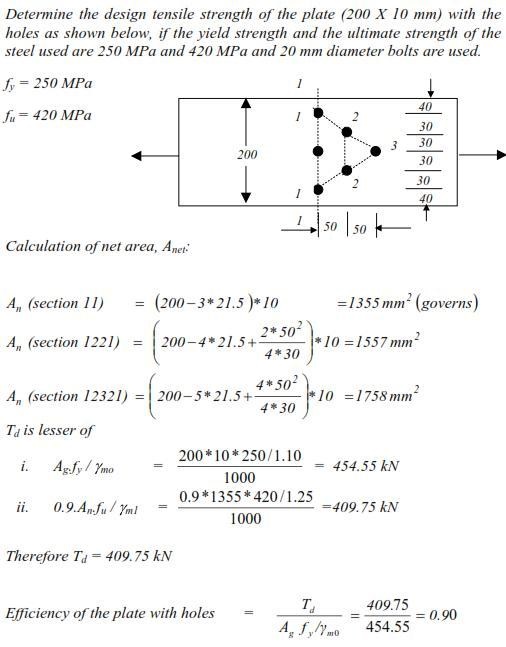
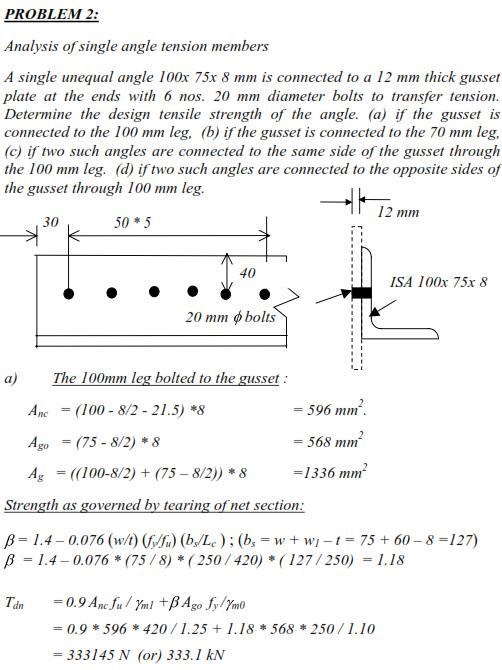
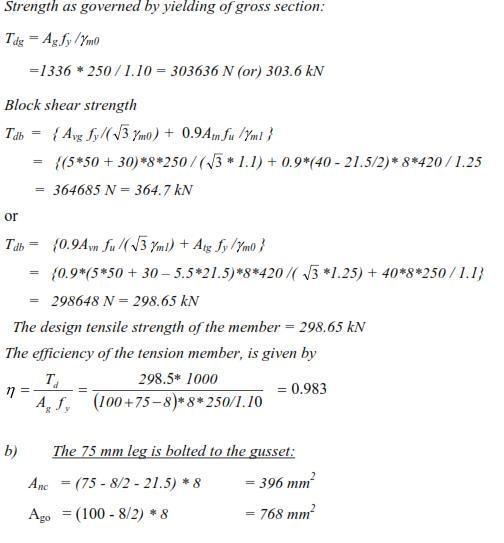
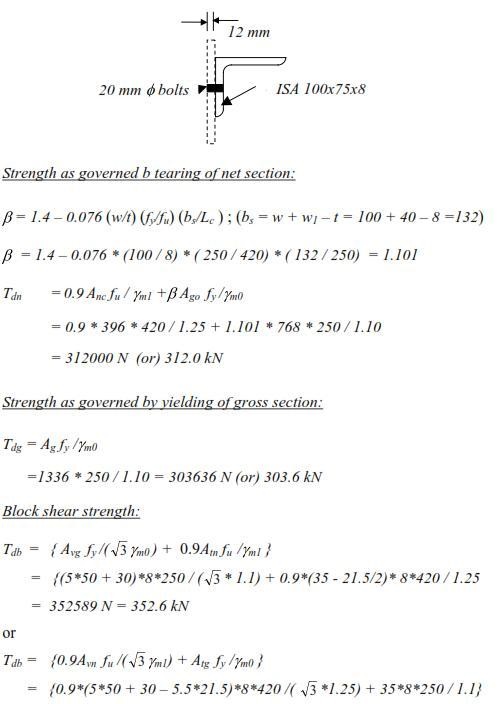
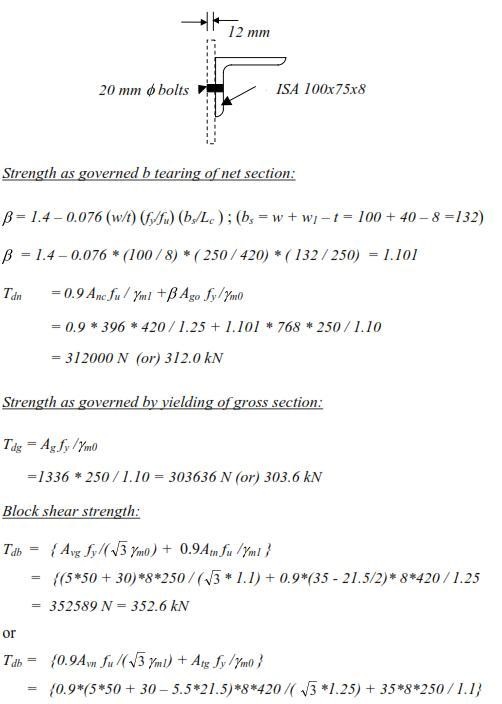
Related Topics